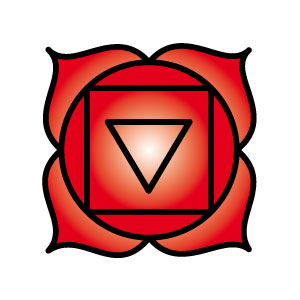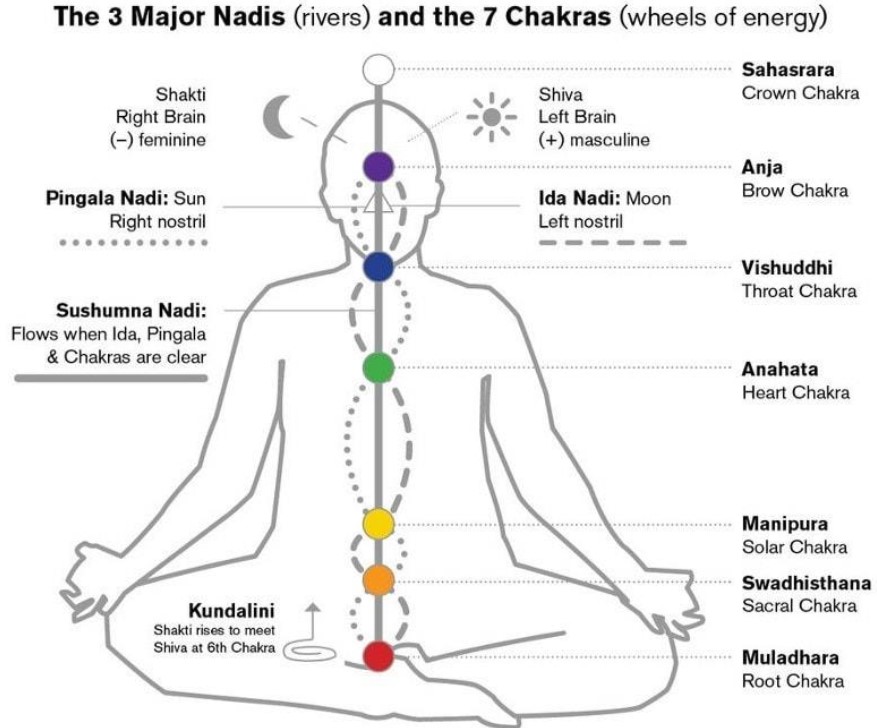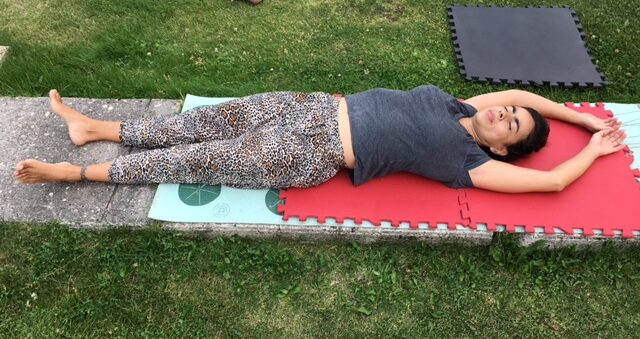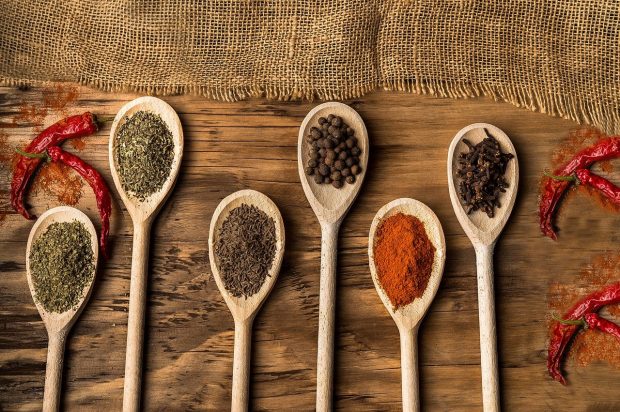Some of the most powerful medicines on the planet are masquerading around as foods and spices. While they do not lend themselves to being patented, nor will multi-billion-dollar human clinical trials ever be funded to prove them efficacious, they have been used since time immemorial to both nourish our bodies, and to prevent and treat disease
Turmeric (Curcuma longa) is a spice that has been used for centuries. Specially incorporated in curries in Indian cuisine; we have learned about its amazing benefits in recent years here in the West.
Some of the most powerful medicines on the planet are used this way, as spices in our foods.
Defined inn Ayurveda as having primary the bitter and pungent taste, it has many functions on the energy systems of the body and in low doses is known to be balancing. It is also disease preventive and used to treat disease.
But not only Ayurvedic medicine speaks of its benefits. The more than 600 benefits from this spice is backed by multi-million dollar clinical trials.
It is a medicinal spice so timelessly interwoven with the origins of human culture and metabolism, so thoroughly supported by modern scientific inquiry, as to be unparalleled in its proven value to human health and well-being.
Some of the most amazing, demonstrated properties include:
Preventing and Reversing Alzheimer’s Disease Associated Pathologies
Protecting Against Radiation-Induced Damage
Destroying Multi-Drug Resistant Cancer
Protecting Against Heavy Metal Toxicity
Destroying Cancer Stem Cells (arguably, the root of all cancer)
Reducing Unhealthy Levels of Inflammation
This is just a short list to prove the amazing benefits of this spice and how you can benefit from it. There are over 600 additional health conditions that this valuable spice helps prevent and treat.
When I first began exploring the spices that are the basis for these spice blends, I assumed they might function similarly to thyme where an extra “bit” might be better. I learned quickly with turmeric, less can be more.
The orange color in turmeric, squash, and sweet potatoes indicates the presence of carotenoids like beta-carotene which are potent antioxidants and fat soluble. Which means that you need at least half teaspoon of a fat like olive oil or ghee in the meal to properly absorb all the nutrients present.
Butternut squash and sweet potatoes are often made during the holiday season and as leftovers can be made into a lovely curry soup. Fresh ingredients can also be used.
Brazil nuts are a nice addition to the recipe but not a must. They add a wonderful creamy flavor and are rich in micronutrients like selenium.
Root Soup Recipe: Muladhara nourishing
Ingredients:
3 small onions diced
2 leeks, washed, trimmed, and sliced
2 tablespoons fresh grated ginger
3 tablespoons organic olive oil or organic ghee
1 ½ cups butternut squash
4 carrots, peeled and sliced
2 turnips, peeled and sliced
3 parsnips, peeled and sliced
1 butternut squash, peeled and sliced
4 tablespoons butter or ghee
3 cups vegetable broth or chicken stock (your preference)
3 cups water
4 garlic cloves peeled and mashed
Several thyme springs, tied together
1 teaspoons turmeric
1 teaspoons ground cumin seed
1 teaspoons coriander
¼ teaspoon cinnamon
Pinch of cayenne pepper
4-5 Brazil nuts that have been soaked for 2 hours in water
Salt and pepper to taste
Melt butter in a large, stainless-steel pot and add onions, leeks, carrots, turnips, butternut squash and parsnips. Cover and cook gently about half hour over low heat, stirring occasionally. Add stock, bring to a boil and skim. Add, garlic, thyme, turmeric, cumin, coriander, cinnamon, cayenne. Simmer, covered for about half hour until the vegetables are soft.
Remove thyme and puree soup with hand blender (if you have, if not, use a blender). Season to taste. If soup is too thick, thin with a little water. Ladle into heated bowls and serve with sour cream or yogurt.










